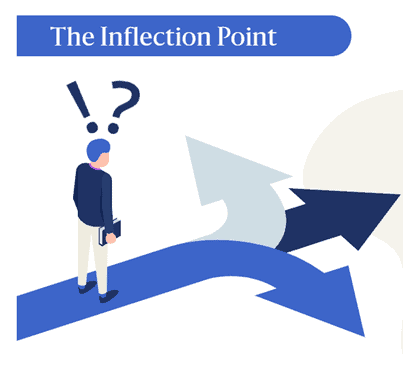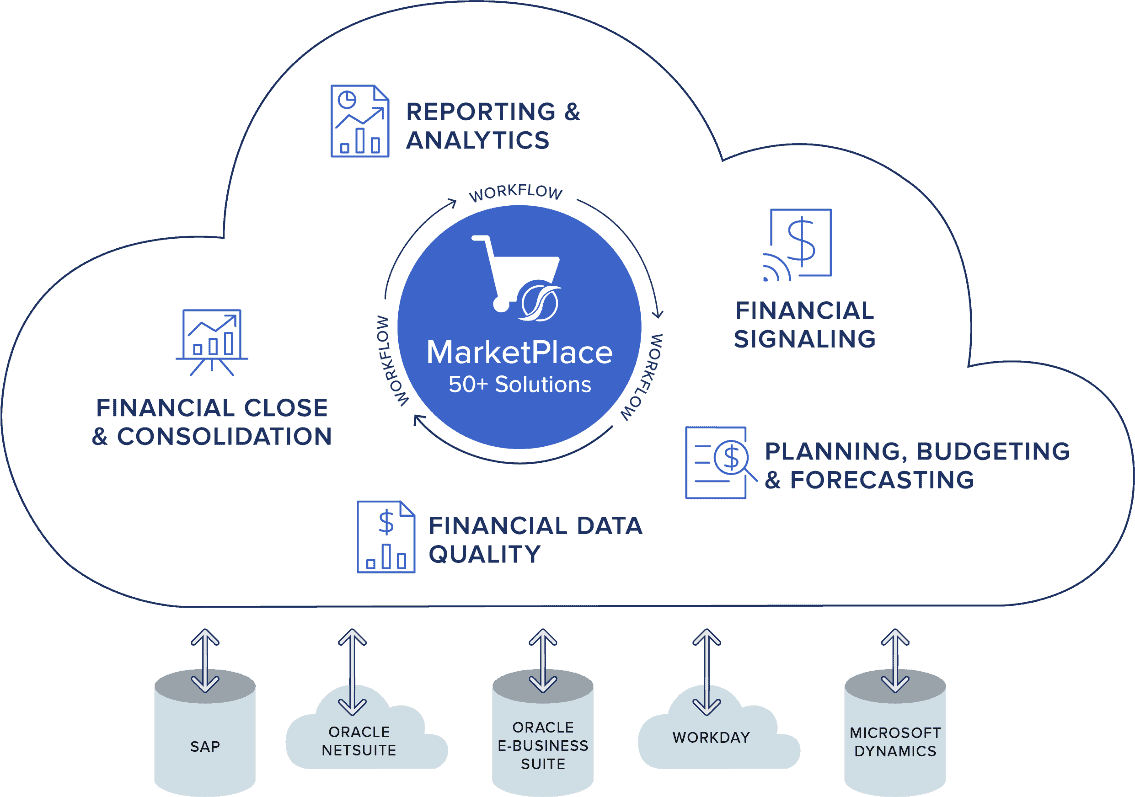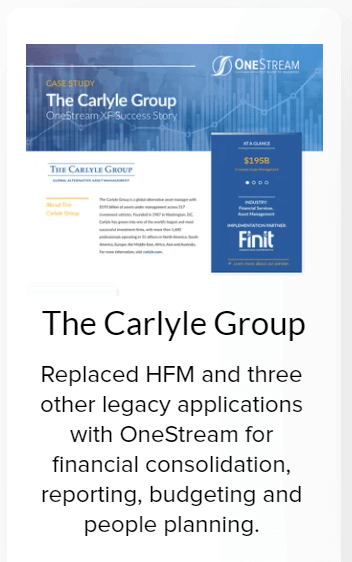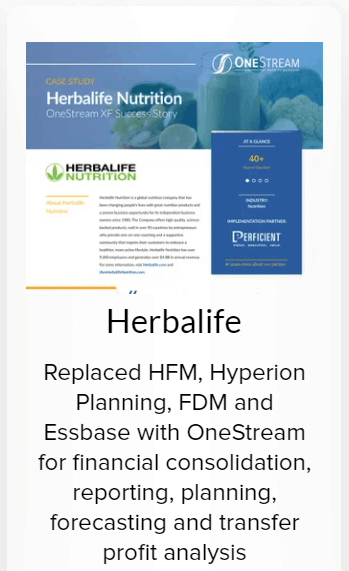Oracle Hyperion enterprise performance management (EPM) applications have led the market for several years, providing trusted and reliable capabilities to organizations worldwide. These applications were developed one by one to form what is largely known as the Oracle Hyperion EPM Suite.
In the suite, the key EPM processes – such as financial consolidation, planning, financial reporting and others – were provided in separate applications and reference data, and data would be moved between applications via integrations. To give the appearance of a suite, several shared services were created to handle reference data uploads and synchronization along with user creation and security across the products.
But make no mistake, despite ‘integrations’ – the products are very much fragmented – and so is the user experience for Finance teams at large, sophisticated organizations.
Oracle is now pushing their customers towards an inflection point.
Oracle is asking customers to choose between one of the following options for EPM:
- Choice 1: Upgrade to the latest on-premises version 11.2.x.
- Choice 2: Migrate on-premises solutions to Oracle EPM Cloud Standard or the Enterprise Suite of applications.
If your organization is reaching the inflection point (see Figure 1) in your Oracle Hyperion journey, your Finance team must fully understand the pros and cons of your options with Oracle. If you’re like many organizations, the pending inflection point also offers your Finance team the opportunity to set an altogether new path forward for corporate performance management (CPM).

For Finance teams using Oracle Hyperion EPM solutions, these 5 key considerations are critical for your evaluation process and value assessment:

The first consideration requires asking yourself a key question: Are you confident your organization’s existing Hyperion EPM system can effectively support your business needs going forward?
- If you upgrade to V 11.2.x, your organization may lose some capabilities, such as EPM Architect, Hyperion BI+ Reporting or Disclosure Management. Not to mention, based on Oracle’s roadmap, V 11.2.x won’t be on the strategic go-forward product set. Why does this matter? Well, what will you do when you need something this tool simply can’t deliver? What happens when something breaks – especially during a critical period? Such questions are critical to explore prior to making a decision.
- Did you know the EPM solution for financial close and consolidation processes doesn’t map exactly to the capabilities you currently have with HFM? Why not? Essentially, the Financial Close & Consolidation Cloud Service is delivered with more pre-defined dimensions and fewer custom dimensions than HFM. This approach was intended to standardize the consolidation process, but will it be adequate for more complex organizations who require customizable and more detailed reporting?
- The Financial Close & Consolidation Cloud Service is delivered with 4 custom dimensions vs. the unlimited dimensions with HFM. If your organization chooses to turn on the Multi GAAP reporting feature (provides the ability to report on both a GAAP basis and non-GAAP basis, e.g., IFRS), then the number of custom dimensions is reduced to 3. Does that level of customization provide enough flexibility to handle future change? If you move to the cloud, will you have the capability to turn on additional processes – such as reconciliations or planning – when you need them, without significant cost?
- Even if your organization moves to Oracle EPM Cloud, you’ll still be reliant on multiple products and integration points between the EPM processes. Yes, really. Each separate process still requires its own storage, reference data and data which must be managed and updated in the same way as before. It is still necessary to move actual data to the planning environment, or vice versa. So those time savings you were hoping for across your EPM processes following any change decision may not come to pass.

With efficiency, the second consideration, as with any new investment, you and your organization should always ensure you’re making the most efficient use of technology for your critical Finance processes.
For example, with today’s modern architectures, did you know it’s no longer required to separate CPM/EPM processes into individual applications? Have you considered what more your team could accomplish with a unified platform if you weren’t spending time managing unnecessary integrations or constantly moving data between fragmented tools? Could improving the efficiency of your processes have a big impact on your organization’s overall business performance and Finance Transformation?

Consideration number three focuses on effectiveness. Things will ultimately change even if you upgrade your on-premises solution. How? With the loss of some capabilities and the limited future development (Sustaining Product Support only), can the solution really continue to deliver for your organization?
Is it more effective to invest in new technology, such as the new compliant hardware, software or data recovery required to underpin this upgraded version? Have you considered the opportunity cost of not directing investment towards the next-generation capability which will take your organization forward?

The fourth consideration focuses on the Total Cost of Ownership (TCO) of separate legacy or cloud CPM applications. Is the TCO with separate applications likely to be higher due to the multiple integration points and the significant time spent continually moving data? A single performance management platform delivers less risk, more efficient and more effective processes for a lower overall cost. Here are 3 categories to consider for your TCO analysis:
- Quantifiable Cost: Underlying technology cost, upgrade costs, services, internal resources
- Unquantifiable Cost: Risk, time and capability
- Opportunity Cost: Consideration of what you could do better with the right, more progressive solution

The final consideration focuses in on the evolution of the technology. Are you considering the evolution of technology/software since you decided to buy Hyperion? How has your business evolved in recent years, especially during the pandemic? You must fully understand the advancements available to meet both current and future requirements and then bring these into any evaluation and value assessment, alongside the other 4 points of consideration, of course.
For example, technological advancements like analytic blending can deliver capabilities such as financial signaling, which can provide you with daily updates on key data and KPIs outside of the regular monthly close process. How beneficial would it be to your organization to have key data points available when you actually need them to make decisions?
Having been in the CPM space for almost 20 years, I often hear the mantra ‘change is a constant’. And indeed, everyone in the world of Finance can recognize that change must be embraced to prosper and sustain.
But that only underscores why your organization must embrace a positive, forward-looking approach when evaluating technology to improve and enhance your current processes – and not move backwards in functionality.
Intelligent Finance: Inspiring a New Standard for CPM

If your Finance team is looking to chart a new course and fully embrace Finance Transformation, OneStream is a great option for large, sophisticated organizations like yours. Why? Because OneStream’s Intelligent Finance platform (see Figure 2) provides a single, unified performance management solution by bringing together planning, financial data quality, financial close & consolidation, reporting and analytics through a single, extensible solution.
That’s why over 400 organizations have chosen to convert from multiple Oracle Hyperion products to OneStream’s unified platform – and they’ve never looked back. These organizations have achieved abundant benefits. Here are just a few:
- Eliminated the risk and complexity of data integration, validation and reconciliation between multiple products, applications or modules.
- Streamlined planning, reporting and analytic processes by 30% or more
- Transformed Finance and shifted Finance users’ time from admin to value-added analysis.
- Supported corporate and multiple line-of-business (LOB) requirements in a single, unified platform.
100% Customer Success
Here are a few success stories about organizations who’ve moved from Oracle Hyperion EPM to OneStream:
In Summary
If you are evaluating your current CPM technology to improve and enhance your processes it is important to consider the evolution of both your business and the available technology. Many advancements have been made possible, so it is critical that you move forwards in terms of functionality and do not continue to customize a legacy solution to make up for its shortcomings. Doing so may make it more difficult to unravel in the future when the pressure of a more compelling event may force change. OneStream has become the trusted vendor of choice for more than 400 Oracle Hyperion customers.
Learn More
Download this whitepaper, Why Now Is the Time to Convert from Oracle Hyperion, to hear from other successful customers who have moved from Hyperion to OneStream.
Get Started With a Personal Demo





